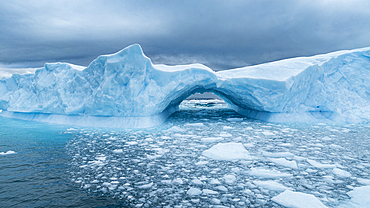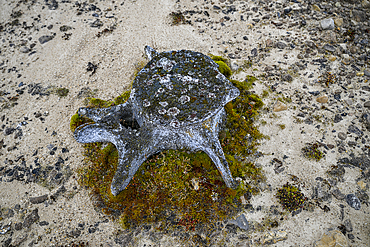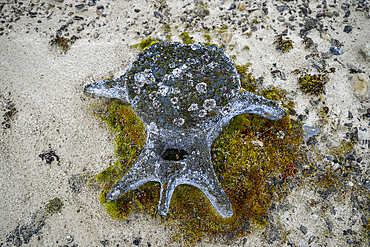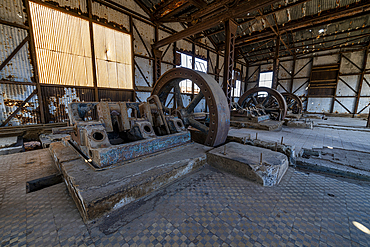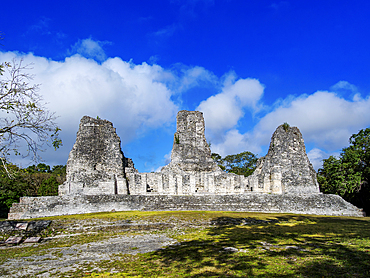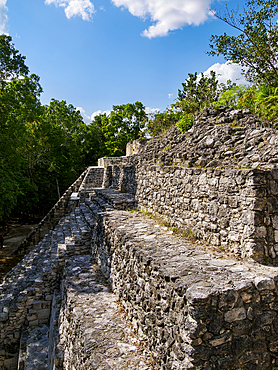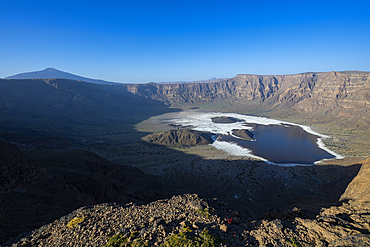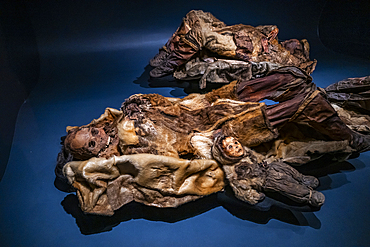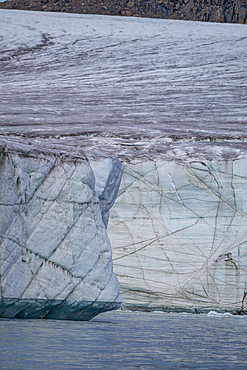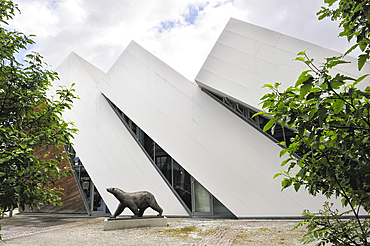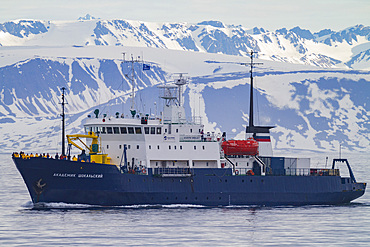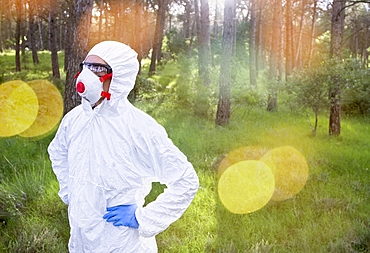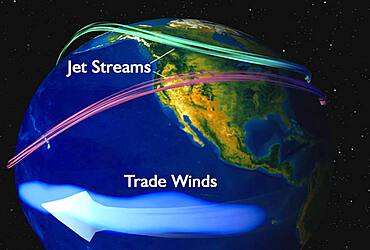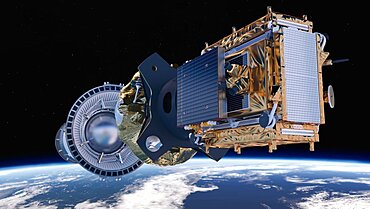Results
66 results found
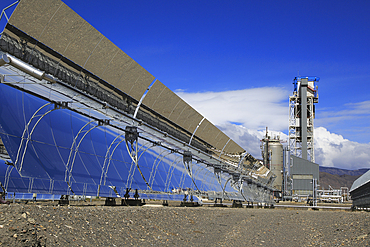
Curved concave reflector panels desalinisation plant at the solar energy scientific research centre, Tabernas, Almeria, Andalusia, Spain, Europe

Energy efficient CIEMAT building research at Solar energy research establishment near Tabernas, Almeria, Andalusia, Spain, Europe
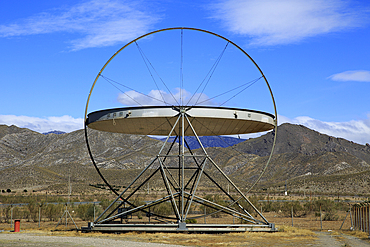
Large heliostat EuroDish solar energy scientific research centre, Tabernas, Almeria, Andalusia, Spain, Europe
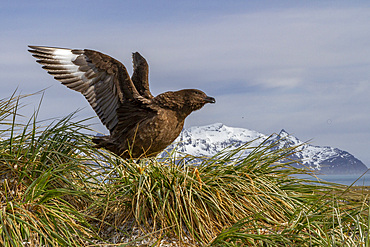
Adult Subantarctic Skua (Catharacta antarctica lonnbergi) on tussac at Salisbury Plain on South Georgia Island, Polar Regions

Views of the Chilean research base Presidente Eduardo Frei Montalva, Antarctica, Southern Ocean, Polar Regions
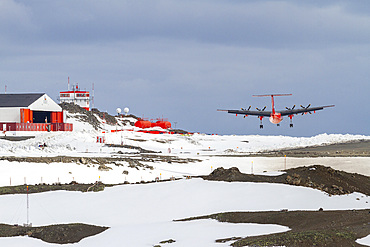
British Antarctic Survey (BAS) research plane landing at the Chilean Research base Frei on King George Island, Antarctica, Polar Regions
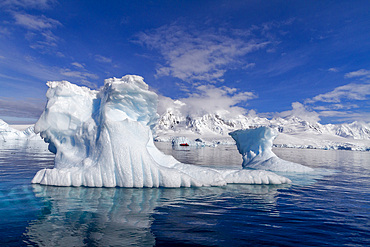
View of calm seas and icebergs with reflected mountains surrounding Damoy Point in Dorian Bay, Antarctica, Polar Regions
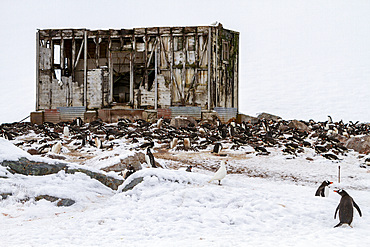
Views of the Chilean inactive research base Gonzalez Videla on Waterboat Point in Paradise Bay, Antarctica, Polar Regions

Southern elephant seals (Mirounga leonina), hauled out for their annual catastrophic molt (moult) on the beach at Snow Island, Antarctica, Polar Regions

View of the Argentine base Almirante Brown, named after Guillermo Brown of the Argentine Navy, Paradise Bay, Antarctica, Polar Regions

Ice crystals, Science Center, Ilulissat Icefjord, UNESCO World Heritage Site, Western Greenland, Denmark, Polar Regions
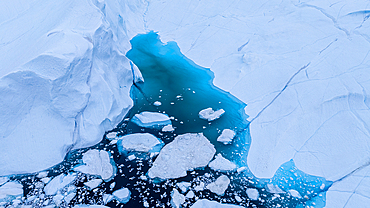
Aerial of the Ilulissat Icefjord, UNESCO World Heritage Site, Western Greenland, Denmark, Polar Regions

Adult gentoo penguin (Pygoscelis papua), with very small white ocular patch at Brown Bluff near the Antarctica, Polar Regions
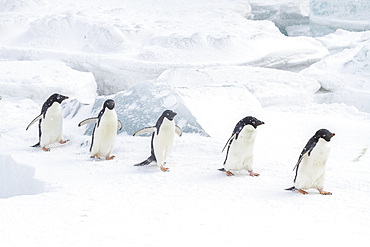
Adelie penguins (Pygoscelis adeliae), in snow storm at breeding colony at Brown Bluff, Antarctic Peninsula, Antarctica, Polar Regions

A small group of introduced reindeer (Rangifer tarandus) before eradication in Stromness Bay, South Georgia, Polar Regions
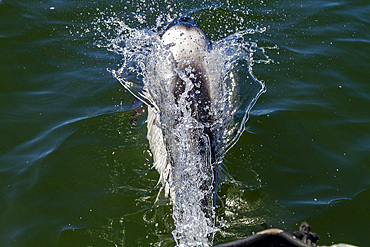
Adult Commerson's dolphin (Cephalorhynchus commersonii), surfacing in Stanley Harbor in the Falkland Islands, South America
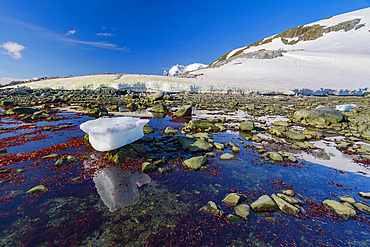
Iceberg and coast around the Antarctic Peninsula during the summer months, Southern Ocean, Polar Regions
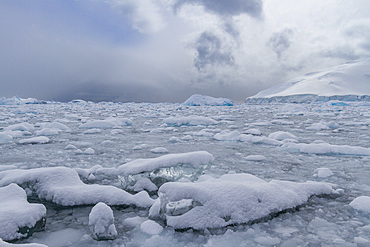
Icebergs and brash ice in Kayak Cove, during the austral summer months, Brabant Island, near the Antarctic Peninsula, Antarctica, Polar Regions

Petrified sand dunes, White Canyon State Park, Red Cliffs Desert Reserve near St. George, Utah, United States of America
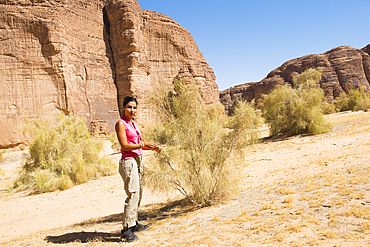
Rana El Zein, Deputy Director at AFALULA, and White saxaul (Haloxylon persicum), Sharaan Nature Reserve, AlUla, Medina Province, Saudi Arabia
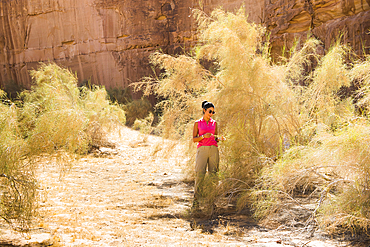
Rana El Zein, Deputy Director at AFALULA, and White saxaul (Haloxylon persicum), Sharaan Nature Reserve, AlUla, Medina Province, Saudi Arabia
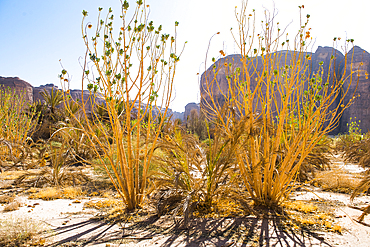
Palm plantation colonized by invasive Sodom apple plant (Calotropis procera), Sharaan Nature Reserve, AlUla, Medina Province, Saudi Arabia
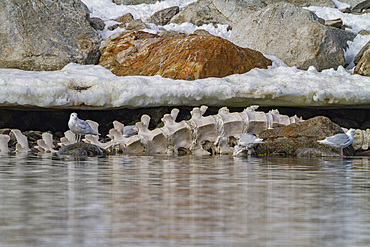
Adult fin whale (Balaenoptera physalus) carcass in Holmabukta off the northwest of the Svalbard Archipelago, Norway
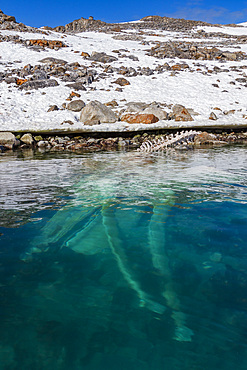
Adult fin whale (Balaenoptera physalus) carcass in Holmabukta off the northwest of the Svalbard Archipelago, Norway
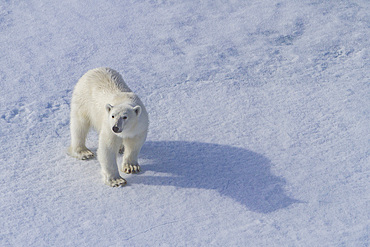
A curious young polar bear (Ursus maritimus), approaches the ship on Spitsbergen in the Svalbard Archipelago, Norway
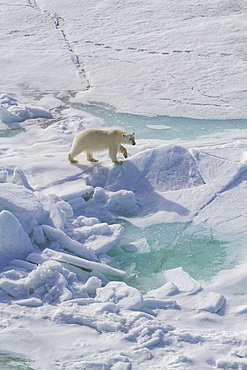
A curious young polar bear (Ursus maritimus), approaches the ship on Spitsbergen in the Svalbard Archipelago, Norway
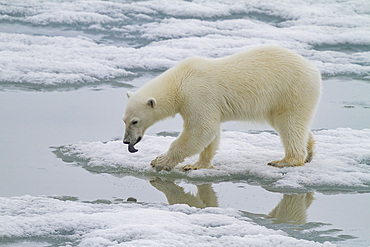
A curious young polar bear (Ursus maritimus), approaches the ship on Spitsbergen in the Svalbard Archipelago, Norway
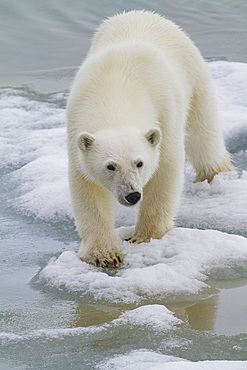
A curious young polar bear (Ursus maritimus), approaches ship on Spitsbergen in the Svalbard Archipelago, Norway
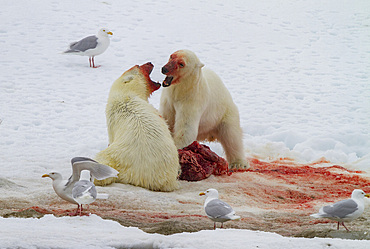
Two young polar bears (Ursus maritimus), disputing feeding rights on a fresh bearded seal kill near Spitsbergen, Svalbard, Norway
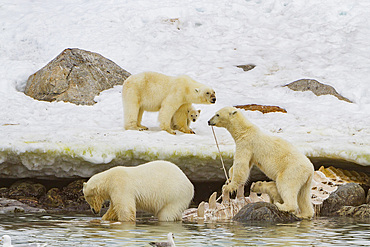
Two mother polar bears (Ursus maritimus) with cubs of the year watch a male bear feeding on a fin whale carcass in Svalbard, Norway

Antarctic tern (Sterna vittata), on the wreck of the Guvernoren in the Enterprise Islands, Antarctica, Southern Ocean, Polar Regions
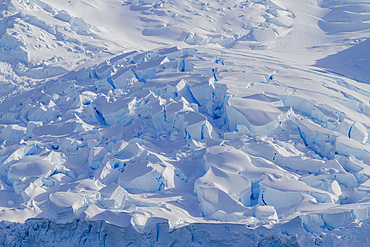
View of tidewater glacier deep inside Neko Harbor on the western side of the Antarctic Peninsula, Southern Ocean, Polar Regions

Captive Galapagos giant tortoise (Geochelone elephantopus) at the Charles Darwin Research Station, Galapagos, UNESCO World Heritage Site, Ecuador, South America

View of the Argentine base Almirante Brown, named after Guillermo Brown of the Argentine Navy, Paradise Bay, Antarctica, Polar Regions

View of the Argentine base Almirante Brown, named after Guillermo Brown of the Argentine Navy, Paradise Bay, Antarctica, Polar Regions
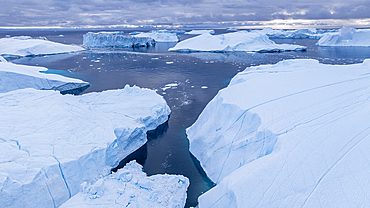
Aerial of the Ilulissat Icefjord, UNESCO World Heritage Site, Western Greenland, Denmark, Polar Regions

Gravestone from the Franklin expedition, Beechey island, Nunavut, Canadian Arctic, Canada, North America

British Antarctic Survey (BAS) research plane operating in the Gullet, near Rothera Station near the Antarctic Peninsula, Polar Regions
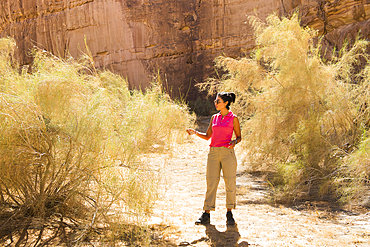
Rana El Zein, Deputy Director at AFALULA, and White saxaul (Haloxylon persicum), Sharaan Nature Reserve, AlUla, Medina Province, Saudi Arabia
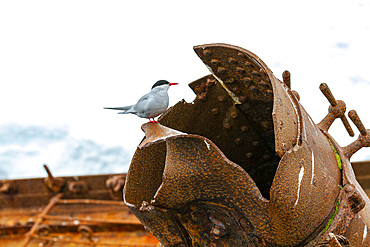
Antarctic tern (Sterna vittata), on the wreck of the Guvernoren in the Enterprise Islands, Antarctica, Southern Ocean, Polar Regions
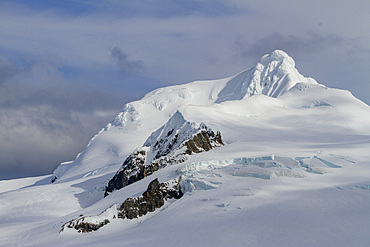
View of snow-covered Livingston Island viewed from Half Moon Island in the South Shetland Group, Antarctica, Polar Regions
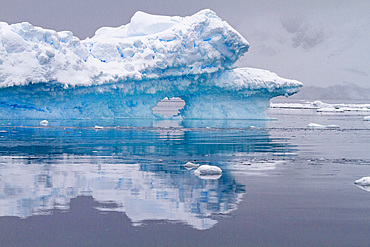
Icebergs near the Antarctic Peninsula during the summer months, Antarctica, Southern Ocean, Polar Regions
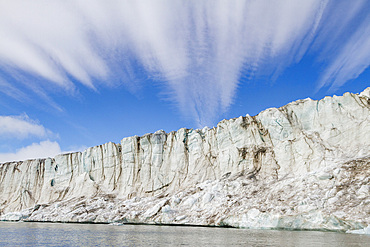
Views of the Vasilievbreen (Vasiliev Glacier), in Isbukta (Ice Bay) near the island of Spitsbergen in Svalbard, Norway, Arctic, Europe
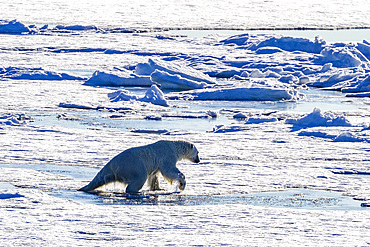
An adult polar bear (Ursus maritimus) swimming and hauling itself onto ice floe in the Svalbard Archipelago, Norway, Arctic, Europe
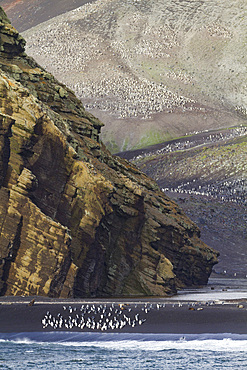
Chinstrap penguin (Pygoscelis antarctica) breeding colony at Baily Head on Deception Island, Antarctica, Southern Ocean, Polar Regions

Iceberg detail in and around the Antarctic Peninsula during the austral summer months, Southern Ocean, Antarctica, Polar Regions

Adelie penguins (Pygoscelis adeliae), with chinstrap penguins (Pygoscelis antarctica), on ice at Booth Island, Antarctica, Polar Regions
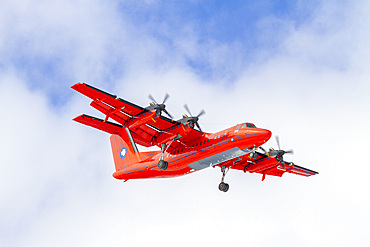
British Antarctic Survey (BAS) research plane landing at the Chilean Research base Frei on King George Island, Antarctica, Polar Regions

Scientific instruments to measure the carbon balance from peat bogs which is changing due to climate change in the north Pennines at Moorhouse, Cumbria, England, United Kingdom, Europe
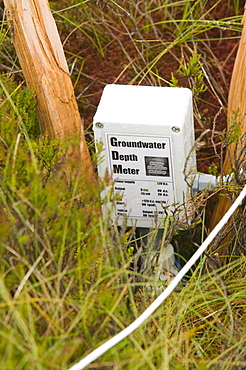
Scientific instruments to measure the carbon balance from peat bogs which is changing due to climate change in the north Pennines at Moorhouse, Cumbria, England, United Kingdom, Europe
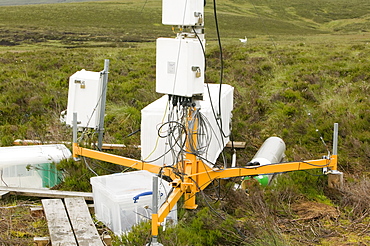
Scientific instruments to measure the carbon balance from peat bogs which is changing due to climate change in the north Pennines at Moorhouse, Cumbria, England, United Kingdom, Europe
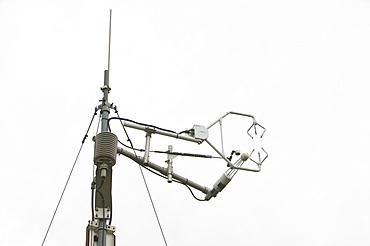
Scientific instruments to measure the carbon balance from peat bogs which is changing due to climate change in the north Pennines at Moorhouse, Cumbria, England, United Kingdom, Europe

Person with a safety suit lying down in a flowers carpet in a forest area. Ayegui, Navarre, Spain, Europe

Astrophysical observatory, Telegrafenberg, Potsdam Institute for Climate Impact Research, Wissenschaftspark Albert Einstein, science buildings, Potsdam, Brandenburg, Germany, Europe

Icebergs collect at the end of Lago Grey, below the sweeping tongue of the glacier in Torres del Paine National Park.
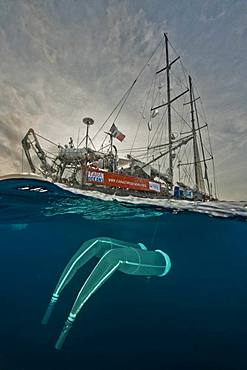
Tara Oceans Expeditions - May 2011. Tara with deployed plancton nets. On "station", the boat is drifting without engine or sails. Tara Oceans, a unique expedition: Tara Oceans is the very first attempt to make a global study of marine plankton, a form of sea life that includes organisms as small as viruses and bacterias, and as big as medusas. Our goal is to better understand planktonic ecosystems by exploring the countless species, learning about interactions among them and with their environment. Marine plankton is the only ecosystem that is almost continuous over the surface of the Earth. Studying plankton is like taking the pulse of our planet. Recently, scientists have discovered the great importance of plankton for the climate: populations of plankton are affected very rapidly by variations in climate. But in turn they can influence the climate by modifying the absorption of carbon. In a context of rapid physico-chemical changes, for example the acidification observed today in the world's oceans, it is urgent to understand and predict the evolution of these particular ecosystems. Finally, plankton is an astonishing way of going back in time ? a prime source of fossils. Over the eons, plankton has created several hundred meters of sediment on the ocean floors. This allows us to go back in time, to the first oceans on Earth, and better understand the history of our biosphere. More than 12 fields of research are involved in the project, which will bring together an international team of oceanographers, ecologists, biologists, geneticists, and physicists from prestigious laboratories headed by Eric Karsenti of the European Molecular Biology Laboratory. Galapagos

